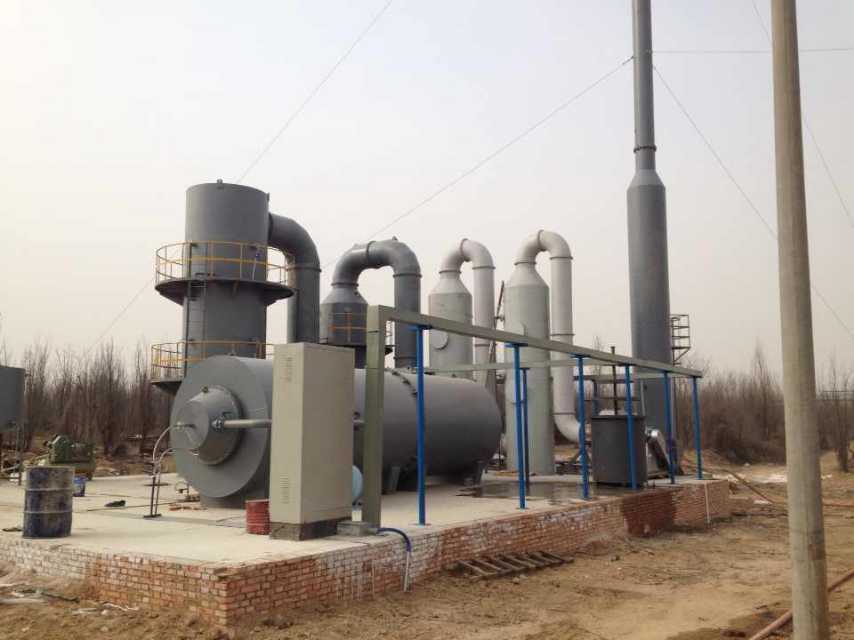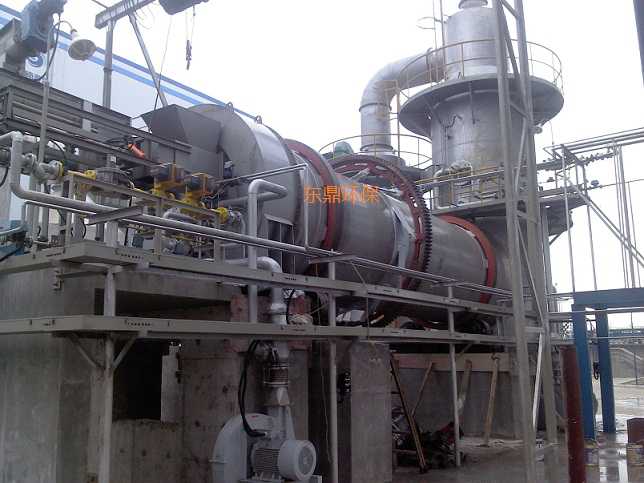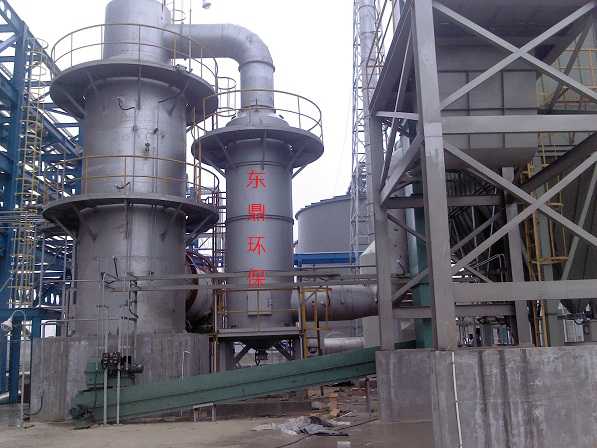Waste liquid incinerator troubleshooting, you have made a fe
Waste liquid incinerators are machines and equipment for solving hazardous wastes. If there is negligence or improper maintenance in the application of waste liquid incinerators, it may cause abnormalities in the waste liquid incinerator! Waste liquid incinerator is the key machine and equipment for solving hazardous waste. If there is an abnormality, the impact is very powerful!
The following small series will tell you about the troubleshooting of waste incinerators. What is the relevant content?

Waste liquid incinerator troubleshooting:
1 flame failure alarm
If the flame failure occurs at the beginning of ignition and during the burning of light oil, the diesel oil level may be too low, the diesel oil contains moisture, the diesel system valve is not normally opened, the ignition electrode is faulty, the light oil nozzle is abnormal, the photoresistor is dirty, and the discharge The smoke baffle cannot automatically operate normally and so on.

If the flame failure occurs in the stage of incineration of the oil, especially when it is just turned to level 7, most of the oil still contains too much water. Of course, the quality of the oil is too bad. The flame strength of the oil is insufficient, and the oil can be properly adjusted. The metering pump pressure (soil tank cabinet 1BAR) is appropriately increased to increase the metering pump speed to enhance the slick flame intensity. However, in our practice, the key to whether the slop oil burns smoothly depends on the amount of water contained in the slop oil, but has little effect on the quality of the slop oil. The quality of the dirty oil is good, the combustion is rapid, and the furnace temperature rises rapidly. If the furnace temperature is close to the high temperature alarm value, the dirty oil inlet pressure and the metering pump speed should be appropriately lowered. If the quality of the dirty oil is not good, the furnace temperature will continue to decrease during combustion, and the dirty oil pressure and the metering pump speed will be appropriately increased to keep the furnace temperature stable above CCTSO.
2 The flue gas temperature is high (375 ° C) or the furnace temperature is high (1200 ° C) alarm and the furnace is shut down. There may be four reasons; (1) too much solid waste is filled when burning solid waste. (2) When the oil is incinerated, the amount of oil injected is too large, and the pressure of the oil or the speed of the metering pump is appropriately reduced. (3) The air intake of the furnace is too small, the inlet fan is abnormal or the air inlet is blocked. (4) The exhaust baffle or the exhaust fan is abnormal.
3 The dirty oil nozzle is not well atomized, the combustion is not good, and the carbon deposit in the furnace is serious. It may be that the dirty oil nozzle is dirty, the oil pressure is too low or the atomizing air is insufficient.

4 The combustion chamber flame is unstable and the incinerator is shaken. The possible reason is that the sewage oil is unstable, the carbon in the exhaust passage is blocked, the exhaust fan or the baffle is abnormal, the air inlet of the furnace is blocked, and the dirty bearing of the fan blade is damaged.
1. Pressure difference fault, incinerator pressure difference fault mainly occurs in the secondary air regulating valve on the combustion air line, the pressure difference between the combustion air and the furnace. The differential pressure switch on the liquefied gas pressure reducing valve) There is a pressure difference fault! It should be checked whether the air source valve is open, and the latter two differential pressure faults can pass the display value of other instruments!
2. Fan failure, due to inverter failure, motor failure, etc., the fan has an alarm fault, and the damage to the fan speedometer is another relatively hidden fault. The wind turbine's speedometer is used to measure the fan's speed and feed back to the 59D control system! This feedback has no data on the 59D's control panel. # When it is abnormal! A fan fault alarm is issued, and due to the safety interlock, the program Check the problem and do not perform the next procedure! The incinerator cannot be turned on.
3, program failure, because of its safety chain, the alarm caused by program failure is more, usually the processing method is the exclusion method. Exclude other possible faults! Consider the program reason later. The alarm caused by common program failure is that the differential pressure fault "fire is detected when the flame fault occurs in production". The fault rarely appears in the alarm message with a fault! If it occurs with a fault! It can be judged that the control program is abnormal. At this point! You need to re-download the program to update.
The above is Xiaobian's introduction to the troubleshooting of waste liquid incinerators, related content! Once the fault occurs, it must be dealt with in a timely manner to minimize the loss. If you still have something you don't understand, please feel free to call us!
